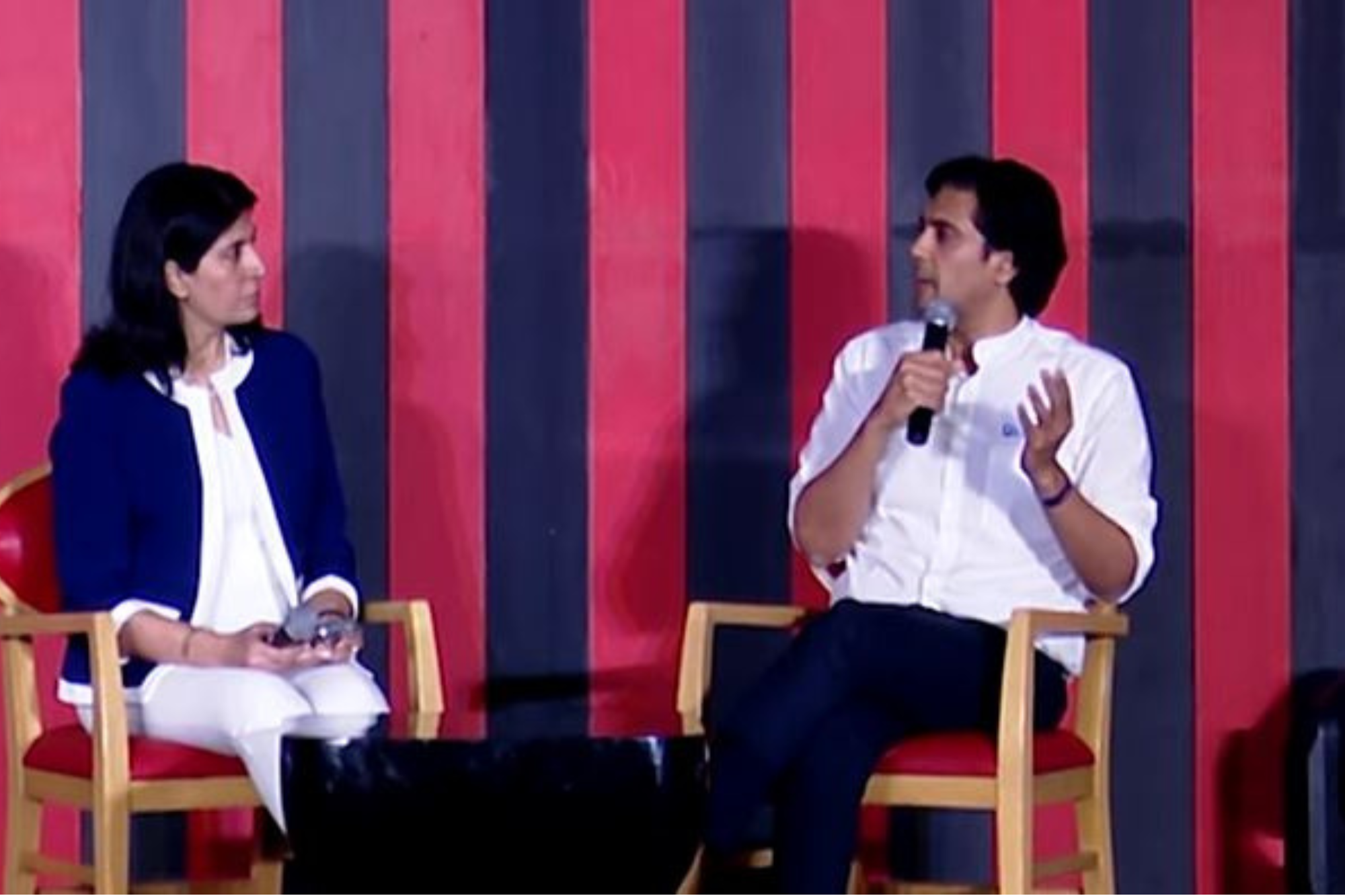The Evolution of Luxury Retail Sector in India, Both Online & Offline The reach of e-commerce has led to the rise of several niche players who largely specialize their products around a specific theme
By Priya Sachdev •
Opinions expressed by Entrepreneur contributors are their own.
You're reading Entrepreneur India, an international franchise of Entrepreneur Media.

It's all shrunk down to the click of a button, it's that simple. India today has overtaken most countries and is now second to the States when it comes to ordering goods online. The luxury market in Indian is $35 billion market currently and is growing at the rate of 30% per year. The statistics suggest that Indian consumers are spending over $85 million on online websites for shopping.
People usually prefer to touch and feel the products, outfits, footwear, etc. when it comes to buying luxury goods and while most make ways to their favourite stores, the younger audience is more tech savvy, always online and prefer shopping online than offline. The reach of e-commerce has led to the rise of several niche players who largely specialize their products around a specific theme. The figures say it all, sales are rising online and the online retail sector has witnessed tremendous growth and is expected to keep growing.
Luxury brands have entered homes with the click of a button
According to Worldpay, a global payments firm, the Indian e-commerce market is set to become second largest in the world in less than two decades. Worldpay analyzed 30 markets around the world, including India, China, Hong Kong, South Korea, Singapore and Australia in Asia-Pacific. More than 75% of the Internet users in India are youngsters who like to experiment with luxury brands. With the ever-growing E-commerce market, luxury brands have entered homes with the click of a button. Due to easy online access people have become more aware of the high-end luxury brands, their origin, services, and their specialty. Online apparel is one of the more popular verticals, followed by computers and consumer electronics that make up 42% of the total retail e-commerce sales.
However with recent political and economic developments and demonetization, sales have taken a dip. There are a fewer walk ins in the stores and people have become conservative in terms of spending on things other than necessities. But things have changed a bit since then and this situation will normalize in the coming months. The entire shopping scenario is changing and luxury goods are becoming more affordable and easily available to the consumers. It's not just the rich or the elite who are now seen dawning the latest fashion trends, its available today with E.M.I options as well, making these goods affordable for young adults as well. Fashion of course is always a key as it's the women who have the purchasing power and that is rising in India. It's not just restricted to the metro cities; tier two and tier three cities are also very well informed when it comes to fashion and trends, all thanks to the digitization in the country.
They have the desire to purchase brands, which normally one would not have thought of. Luxury goods have infiltrated our lives and the move was so smooth that one did not even realize when this shift happened. It's not just a matter of purchasing; so many websites and places even give one the option to rent a bag or an outfit for a limited time period with extremely affordable rental plans. One can also customize their products as per their preferences too.
People of all ages use the online medium for shopping
India is a developing country and in the past 2 years there has been a major drive to move to digital India which implies that more and more people will have access to internet services which in turn will not only increase awareness among people about everything in the world but will also expose them to the innumerable e – commerce websites. Not only the youth, but people of all ages are using the online medium for shopping. According to the latest census, 41 percent of India's population is below the age of 20 years and half the population is in the 20-59 age groups while 9 percent is above the age of 60. The statistics clearly state the kind of exposure the e – commerce websites receive, thus increasing the growth rate of the sector.











